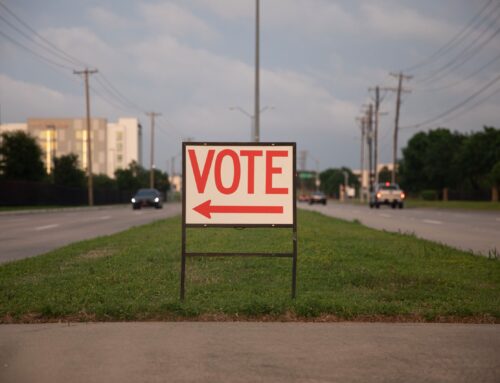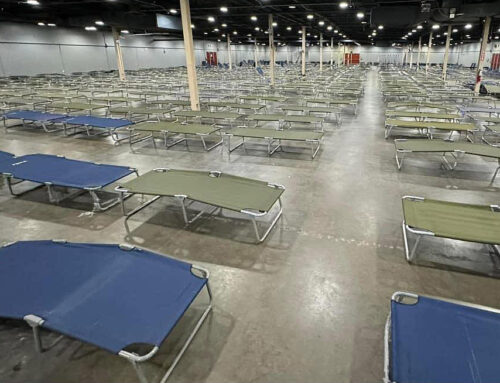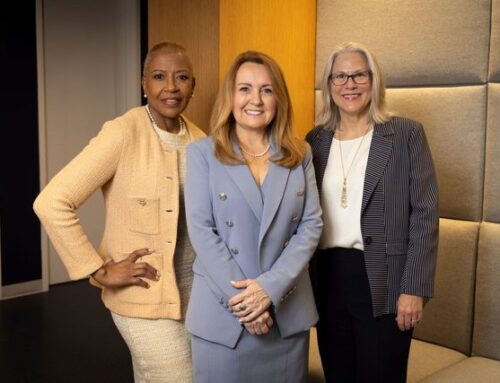Quick quiz: You see construction at a key neighborhood retail corner, and you wonder what’s being built.
For the past few years, the answer would have simple: Another bank! But those days are over now, thanks to the multi-billion-dollar bailout of the banking industry, which has been leading to mergers galore the past few weeks.
One reason so many banks snatched up prime retail corners is that the banking industry was extremely profitable the past few years. Low interest rates and lots of profitable lending filled bank coffers with cash, which led to an almost comical race to outbid other businesses for every prime retail corner in town. And the few corners the banks didn’t pick up wound up becoming drugstores.
But those days are over — with banks sucking more money from the federal government than Medicare (well, almost), the banks’ demand for and ability to buy the prime retail corners is history. And the few relatively solvent big-time survivor banks — J.P. Morgan-Chase, Comerica and Wells Fargo, among them — either have all the corners they ca handle, and that’s not including the thousands of built-out corners they’ll be inheriting as the bank mergers result in lots of duplicative branch closings. It should be quite a few years before retail banks are again in the market for additional retail corners, if ever. Who knows? By the time the retail banking industry recovers, we’ll probably have personal tellers embedded in our smart phones, so we won’t even have to go to a bank branch to make a depost, a withdrawal or borrow some money — ever.
One interesting twist on this whole deal will be what happens to the already built-out bank corners the big guys can’t absorb and don’t need. A big factor: Most of the bank corners aren’t actually owned by the banks. Typically, big institutions lease prime pieces of property instead of owning them, but when a company winds up in bankruptcy, its leases become legally nonbinding, leaving the bank out of the picture and the property/building owner looking for a way to recover its investment. And since the banks were willing to overpay, and since the specialty buildings constructed on the sites aren’t easily adaptable to many other commercial uses (how many florists or neighborhood restaurants are willing to pay extra to have a bunch of teller stations and a huge safe in the middle of their building?), we could quickly have an overabundance of suddenly funky buildings on the corners of prime neighborhood real estate.
If we’re in for a long recession and money stays tight, we could wind up with a plethora of check-cashing shops on every former bank corner as desperate property owners lease to whoever remains solvent in an attempt to pay their own bills. But if the economic downtown is shorter, we could see landlords eager to put together creative neighborhood-oriented uses — neighborhood startups, small law and accounting firms, maybe even dance studios or other service companies. These businesses could find some competitive deals if they’re willing to adapt to the buildings’ idiosyncrasies.
One thing we can probably count on, though: This problem won’t happen across the street, where the drugstores have already planted their flags and don’t show any signs of slowing down. Unlike the banking industry, which seemed to have almost no barrier to entry at the end, the drugstores have pretty much sewed up the market — thanks to limitations on who can dispense drugs profitably — so they shouldn’t need a federal bailout anytime soon.





